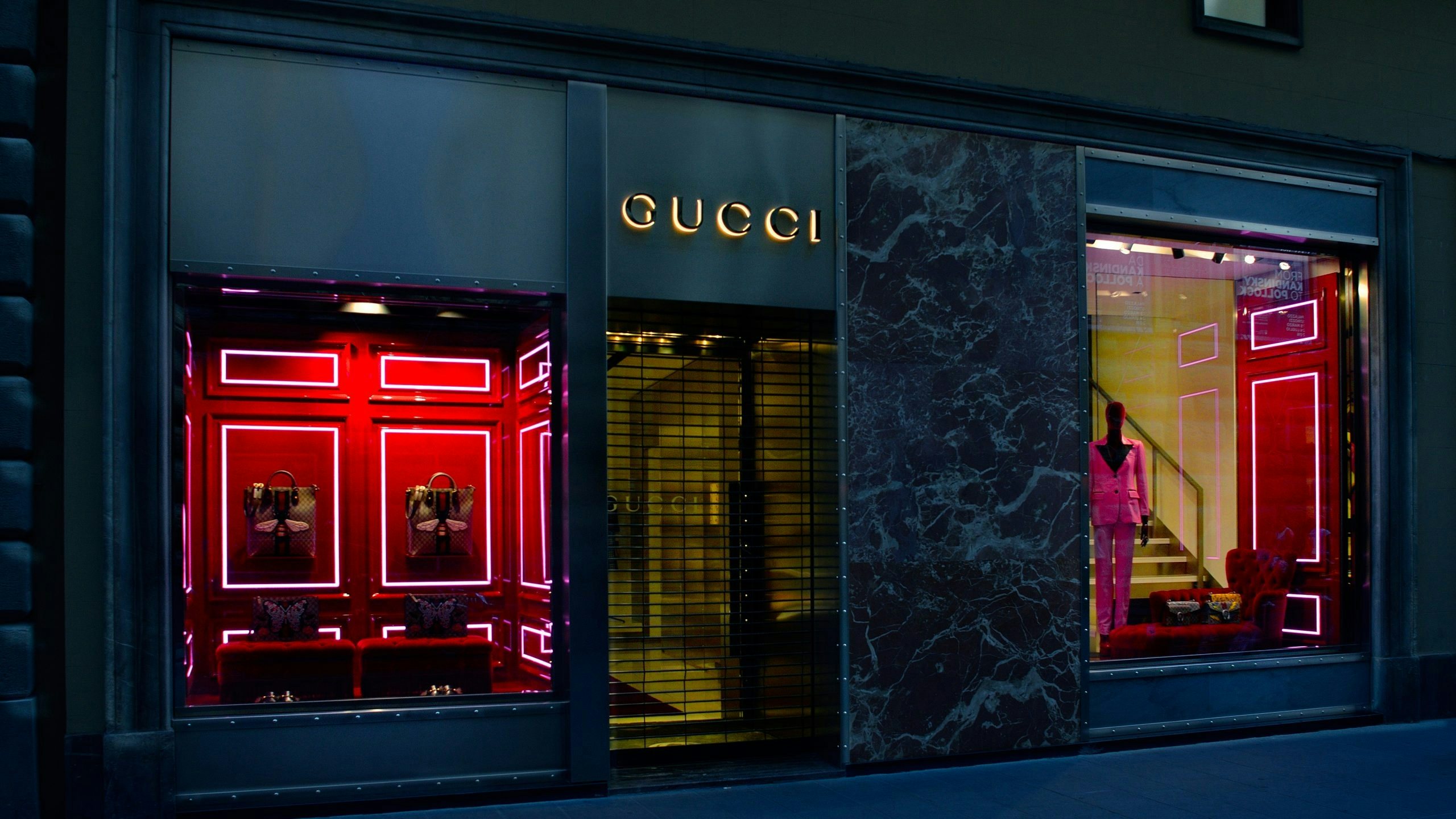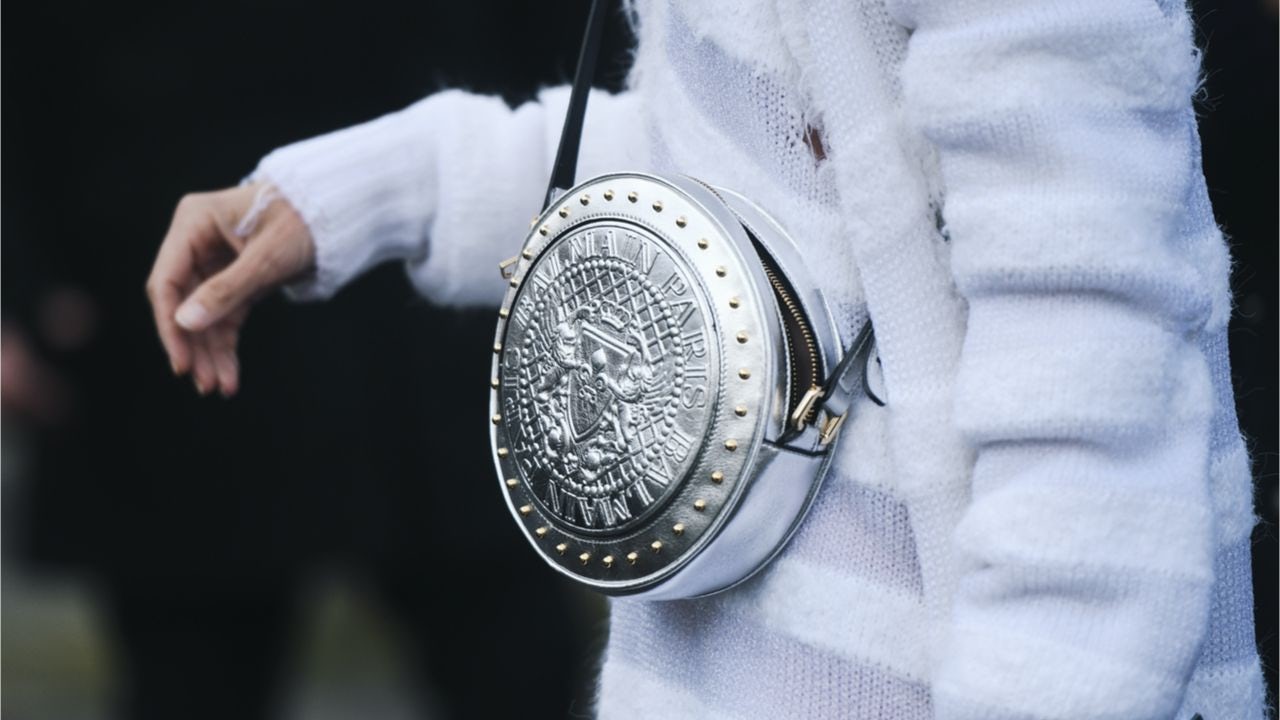These are unprecedented times. While Europe and the US are battling the pandemic, China is showing a speedy recovery. In an interview last week with WWD, Tom Ford said that in China, “with our cosmetics, we’ve completely recovered. We’re back to 100 percent.” He added that his brand’s “ready-to-wear and accessories, which were down about 95 percent, [is] now back up to 50 percent.” This is an important message: This crisis will be over eventually. Every crisis is a temporary disruption, albeit with lasting effects.
Tom Ford’s assessment of his sales in China after the crisis confirms my extensive research on this topic: that luxury brands are more resilient to a recession than other categories. In 2008, the luxury sector was one of the few not tanking. Instead, luxury sales had flattened, and they returned to growth by the end of 2009, outperforming all other sectors. I expect the same to happen after this crisis, even if many industry commentators disagree.
But make no mistake: The current crisis is different from practically all previous downturns. First, it’s an unprecedented humanitarian challenge, and worries about health and interruptions to our normal ways of life have given way to panic. For millions, the crisis has already led to a loss of jobs or decreased income. Many of those who are still working can’t be sure their companies will survive despite unprecedented stimulus packages from countries all around the world. Second, this is not just a crisis of demand but also supply. Shelves are empty; supply chains have been interrupted; and stores, services, and restaurants are closed. This compounds our issues considerably. Lastly, this has been an extreme personal challenge for many because of social distancing, working and schooling from home, and the isolation of lockdowns.
What makes matters worse for many brands is that we were already in a state of massive disruption before this crisis started. I dedicated many of my past Jing Daily columns to the need for brands to meet new market challenges. Millennials and Gen Zers are driving disruption, and many traditional brands already had difficulties communicating with those younger consumer groups. Massive technology shifts, digital business models, and rapidly changing consumer preferences were regularly upending the luxury industry before COVID-19. In fact, most of my projects over the last two years were focused on transforming brands so they can survive in this new reality. Even before the outbreak, it was clear that most brands couldn’t just go on with business and usual.
Still, many brands are struggling to stay relevant to younger customers because they don’t have their value creation model defined precisely enough, are far behind in terms of digital capabilities, have their products priced incorrectly, and own retail spaces that aren’t future-ready. Many brands still struggle with the term “luxury” — defining it solely as objects with a high price — but they forget that luxury is, first and foremost, about extreme value creation.
But one thing should already be clear to brands because of this crisis: It will usher in what I call an era of “digital super-acceleration.” Any gap in digital mastery will put luxury brands (or any other brand) at a strategic disadvantage. And more changes are coming, including rising expectations for experiences since consumers have been isolated for weeks or more. As of now, brands aren’t prepared enough for this.
Leadership is important when disruption hits. To maintain the perception of luxury and create extreme value, brands must be influential and innovative. Brands have to be recognized as thought leaders, and for this to happen, they need to lead their field — not take a wait-and-see approach. Now is the time to step up, to connect more strongly with your employees and customers, and prepare your brand for the “new normal.”
Leadership is most important in a crisis. Your team has to make decisions under pressure and uncertainty, so they must know they’re protected, empowered, and valued. This is the moment to make a difference in their lives and allow them to be their best. If leaders increase fear by spreading uncertainty about the future or immediately cutting staff to save costs, then no one in the organization can take proper risks or be decisive thinkers. Doing that is putting the company’s long-term outlook at risk on behalf of short-term profit.
Similarly, now it is the time to show leadership with your customers, to support and nurture them, and to help them get through the crisis as a team. Any authentic or truthful effort that helps make a change in their lives during these unprecedented times creates enormous equity, and this is something you can build on in the future. Be creative, decisive, and fast. There is no time to waste. Last week, one of my clients asked me to support them in doing a spontaneous livestream for their clients to advise them and their businesses on what to do in these uncertain times. We set it up in under 24 hours, and the feedback was overwhelmingly positive. In a crisis, reactions must be quick, make sense, and be relevant and supportive.
Leadership also means to step up and contribute to the solution of a crisis. LVMH and L’Oréal were among the first companies to retool their production toward making hand sanitizers, which they donated to hospitals. Dolce & Gabbana and Armani made donations to help the scientific communities, and others soon followed.
The common thread here is that crisis management must be proactive — not reactive. It takes strong leadership to empower people so they can function well while their world seems to be collapsing around them while also giving employees and customers the perspective and reassurance they need.
But leaders must also start preparing for the new normal once this crisis is over and be asking themselves: How well prepared are you for the era of digital super-acceleration? How well is your brand positioned? How accurate are your pricing and assortment structure? Are there gaps in your growth strategy? If brands need to act on these questions, they should act now.
Every crisis leads to a new order with new rules, behaviors, and expectations, and they often lead to new market leaders. Those leaders will be better-prepared brands, reacted more proactively, and collaborated closely with their employees and customers. In short, it will be the brands with the best leadership. Now is the time to prepare your brand for the future.
Daniel Langer is CEO of the luxury, lifestyle and consumer brand strategy firm Équité, and the professor of luxury strategy and extreme value creation at Pepperdine University in Malibu, California. He consults some of the leading luxury brands in the world, is the author of several luxury management books, a global keynote speaker, and holds luxury masterclasses in Europe, the USA, and Asia. Follow @drlanger


